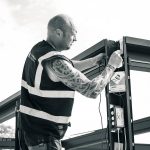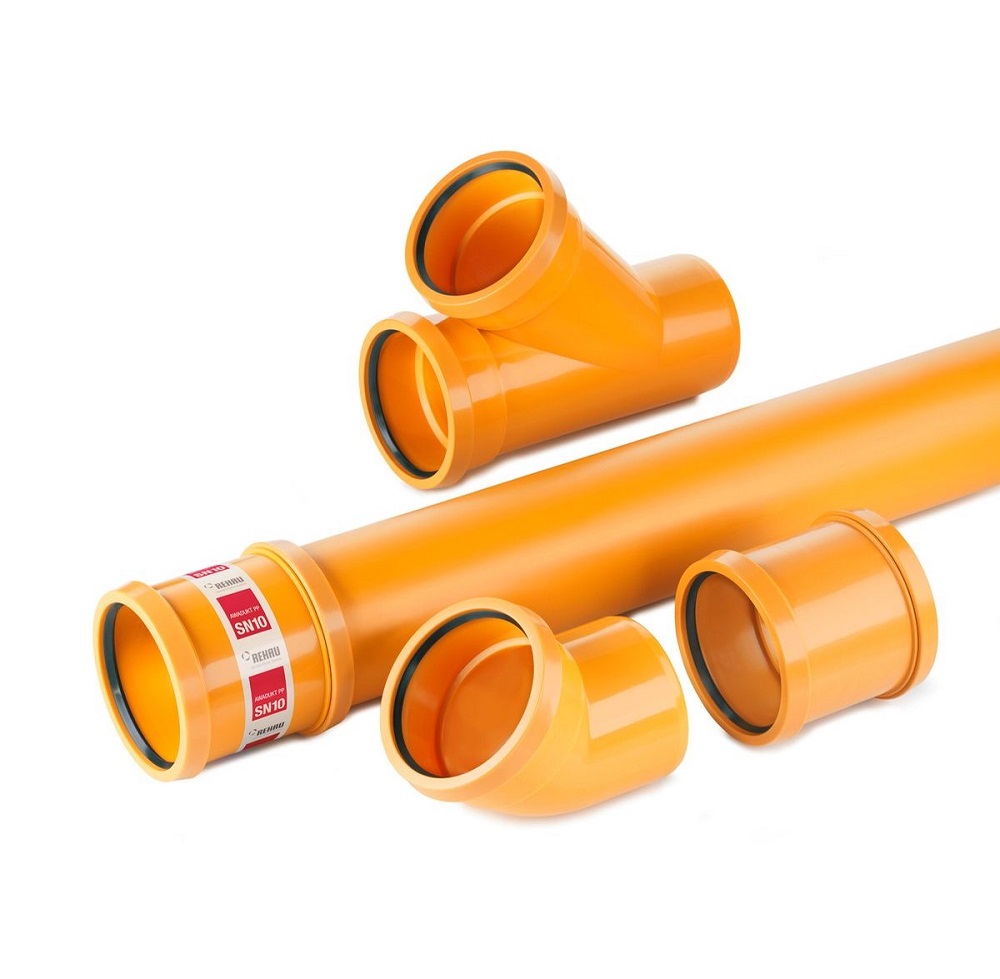Taking care this winter
With parts of the UK experiencing bitterly cold weather, roof systems manufacturer Marley Eternit is warning outdoor construction workers to take extra care this winter.
Freezing cold temperatures, ice and shorter periods of daylight mean there is a much greater risk of accidents on construction sites during the winter months. As well as the risk of slips and falls, prolonged exposure to the cold can cause construction workers to suffer from more colds, bronchitis, asthma, painful joints and fatigue. In extreme cases, workers outside for long periods, without the right protection, could even suffer hypothermia, frostbite and chilblains.
Katie Prestidge from Marley Eternit commented: “In the UK, there is no legal minimum outdoor working temperature. So, it is important that all construction workers understand the hazards of working in winter and know what precautions to take when cold weather sets in. Builders and contractors must carry out their own thermal risk assessments and take appropriate action to protect their employees.”
The National Federation of Roofing Contractors (NFRC) is backing Marley Eternit’s winter safety campaign. Gary Walpole, the NFRC’s technical and health & safety officer, told us: “Accident statistics prove that there is an increased risk of personal injury during the winter months. Increased hazards from reduced daylight hours and inclement weather, means precautions need to be taken in advance to protect the wellbeing of our workforce.”
Marley Eternit has put together the following advice to help construction workers stay safe on site this winter:
Site managers and supervisors
- Monitor the weather forecast so you can anticipate and be prepared for poor weather conditions
- Carry out a risk assessment every day to check that it is safe to work and that conditions haven’t changed. Pay particular to working at height platforms and walkways. Do not work on roofs in icy conditions
- If windy, HSE recommends that roofers should check wind speeds with a hand-held anemometer and refer to NFRC guidance on roofing in windy conditions*
- Make sure workers are trained on winter hazards and ensure they have the appropriate PPE
- Limit worker exposure to cold through job rotation and provide plenty of breaks in heated areas with hot drinks available
Site workers
- Make sure you are wearing the right PPE and extra clothing suitable for the job and the weather conditions. This usually involves using several layers of clothing, as well as waterproofs or wind resistant fabrics where necessary. Also choose water resistant footwear, with enhanced slip resistance or ice grips if required
- Wear gloves when fine manual dexterity is not required and the temperature drops below 4°C
- Cold weather increases the risk of hand-arm vibration syndrome, so keep your hands and arms warm when using vibratory equipment such as drills, nails guns and even hand tools, such as hammers
- Choose hats that work with safety headgear and don’t compromise any eye or hearing protection
- Be aware of the symptoms of cold exposure – heavy shivering, uncomfortable coldness, numbness, aching, severe fatigue, confusion, drowsiness and/or euphoria
- With reduced daylight hours, visibility can be a problem, so wear reflective PPE
- Take breaks in heated areas and drink plenty of fluids, including water and warm beverages
- Report any hazardous areas to the site manager and do not put yourself at risk just to complete a job.




















